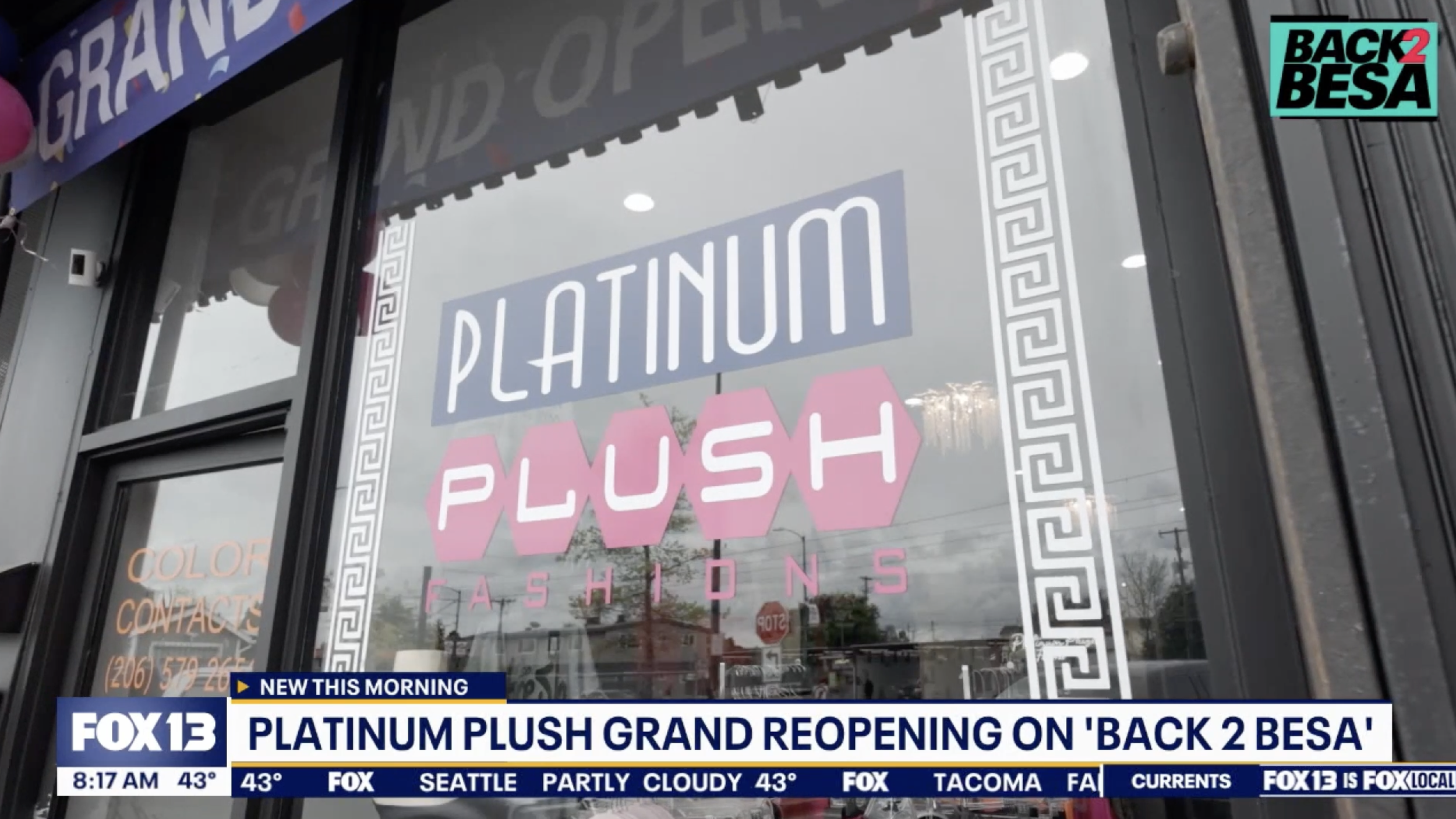Seattle's Jackson Street Jazz Trail: A Sonic Journey Through History
Seattle, a city known for its rich musical heritage, has recently unveiled the Jackson Street Jazz Trail, a self-guided walking tour that celebrates the vibrant jazz scene that once thrived in the city's historic district. The trail, which winds its way through the heart of Seattle's Jackson Street area, offers visitors a glimpse into the past, highlighting the musicians, clubs, and cultural landmarks that shaped the city's jazz legacy.
The Jackson Street Jazz Trail is the result of a collaborative effort involving community members, historians, and jazz enthusiasts. Stephanie Johnson-Toliver, President of the Black Heritage Society of Washington State, played a key role in the project's development. She emphasized the importance of preserving the city's jazz history, stating, "When we can remember with this trail and other intersecting trails...that's the thing that really can support how we interpret our place in Seattle and our history."
The trail features a series of interpretive panels and interactive exhibits that tell the story of Seattle's jazz scene, from its early beginnings to its peak in the mid-20th century. Visitors can learn about the musicians who made their mark on the city, such as Quincy Jones, Ray Charles, and Ernestine Anderson, as well as the clubs and venues that hosted their performances.
One of the highlights of the trail is the Black and Tan Club, a legendary jazz venue that once stood at the corner of 12th and Jackson. The club, which was known for its lively atmosphere and world-class musicians, played a pivotal role in Seattle's jazz history. Paul de Barros, a jazz historian and author of the book "Jackson Street After Hours," spoke about the club's significance, saying, "The Black and Tan was a hub. It was a jazz hub. And not just Seattle, but internationally and also nationally. Seattle was a huge attraction for jazz musicians."
The Jackson Street Jazz Trail also includes stops at other important landmarks, such as King Street Station, where musicians would arrive in Seattle by train, and Washington Hall, a historic performance venue that hosted many jazz concerts over the years.
John Gilbreath, Executive Director of Earshot Jazz, a non-profit organization dedicated to promoting jazz in Seattle, expressed his enthusiasm for the project, stating, "I think a project like this...is important to start to make it real in a way that is horizontal. It's person-to-person. It's not something you're reading in a book. It is...part of the ongoing history that we all live and share."





